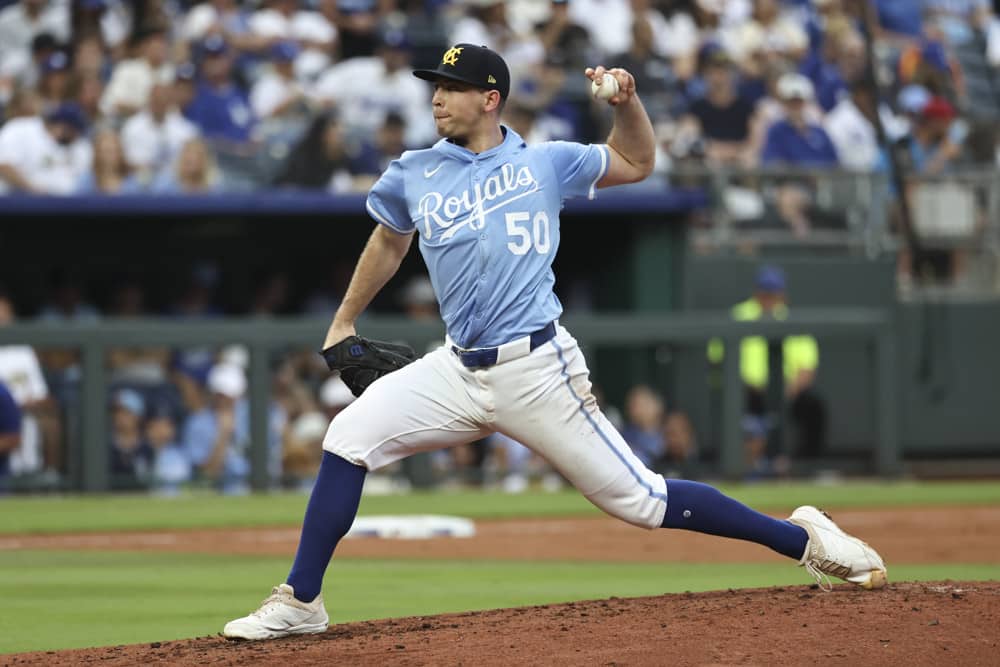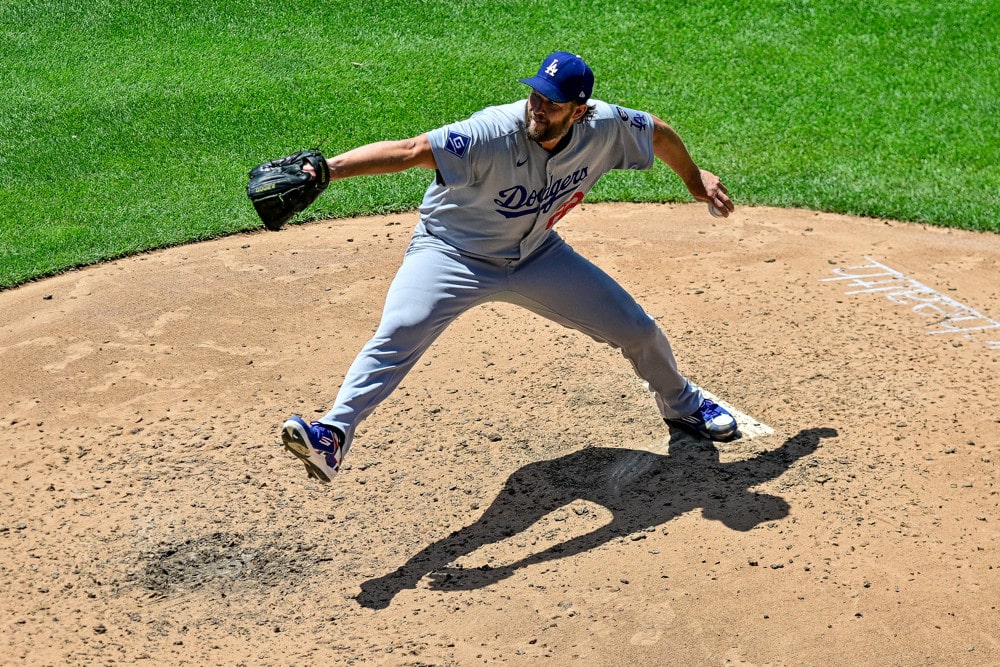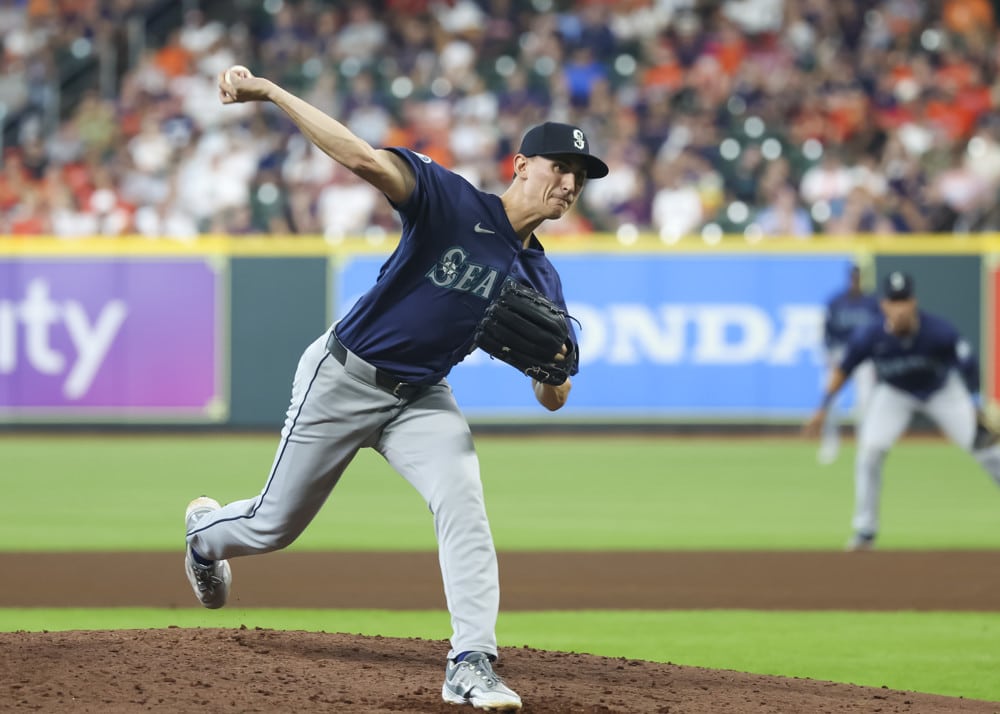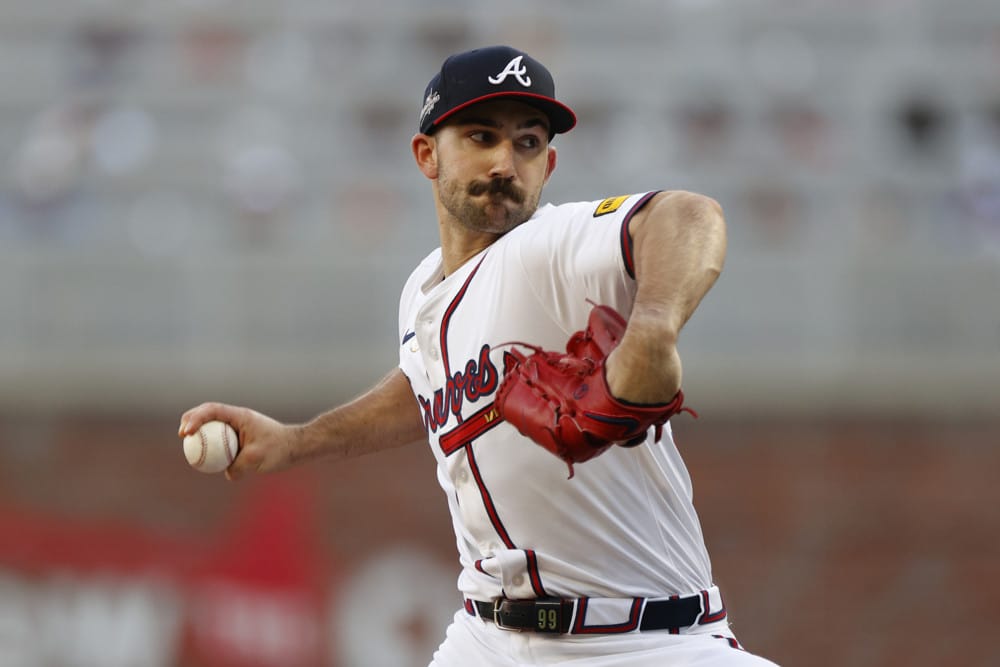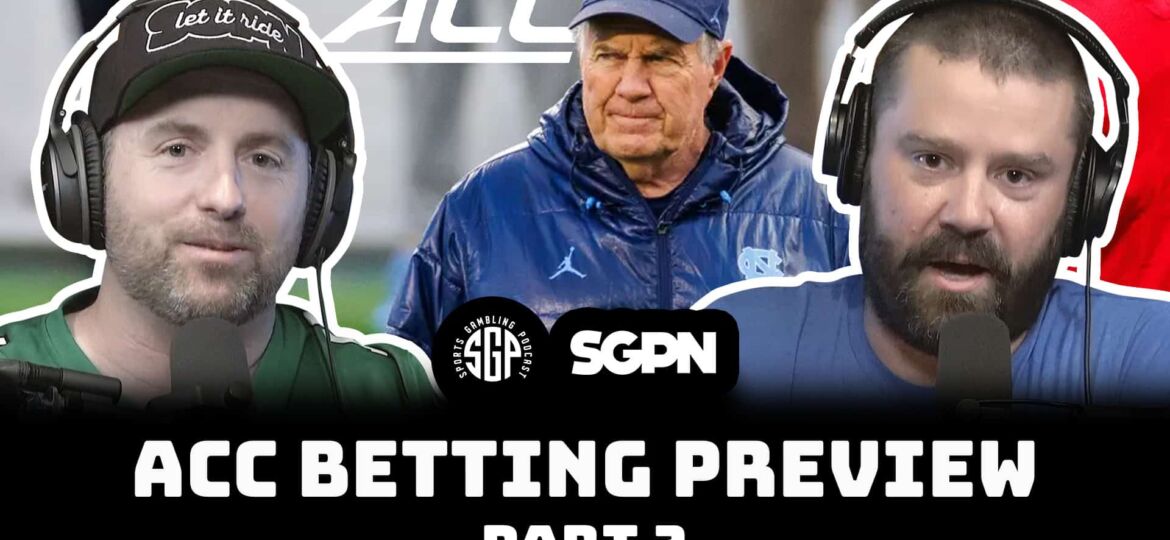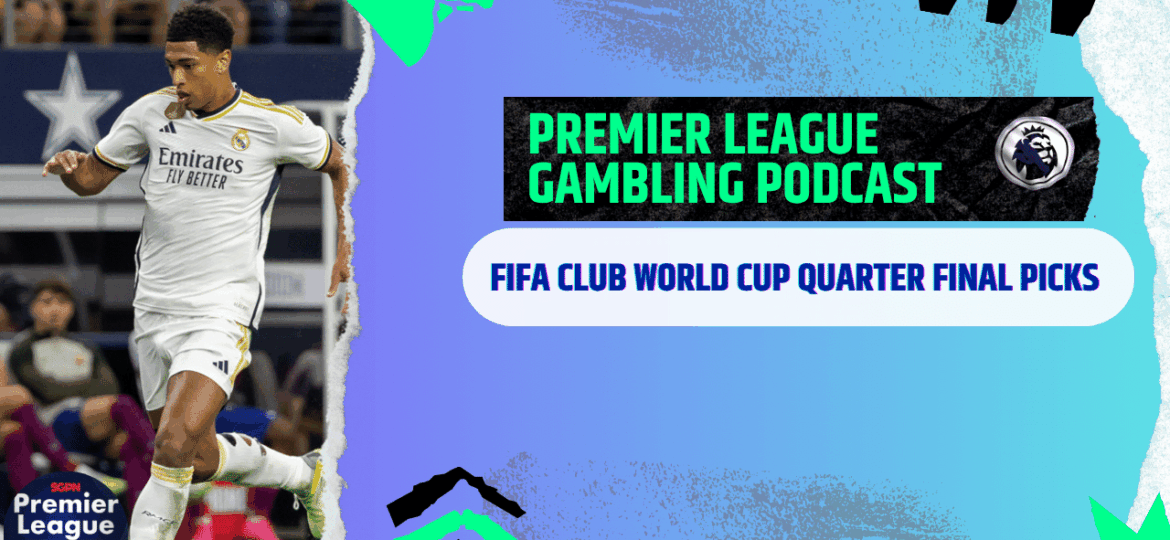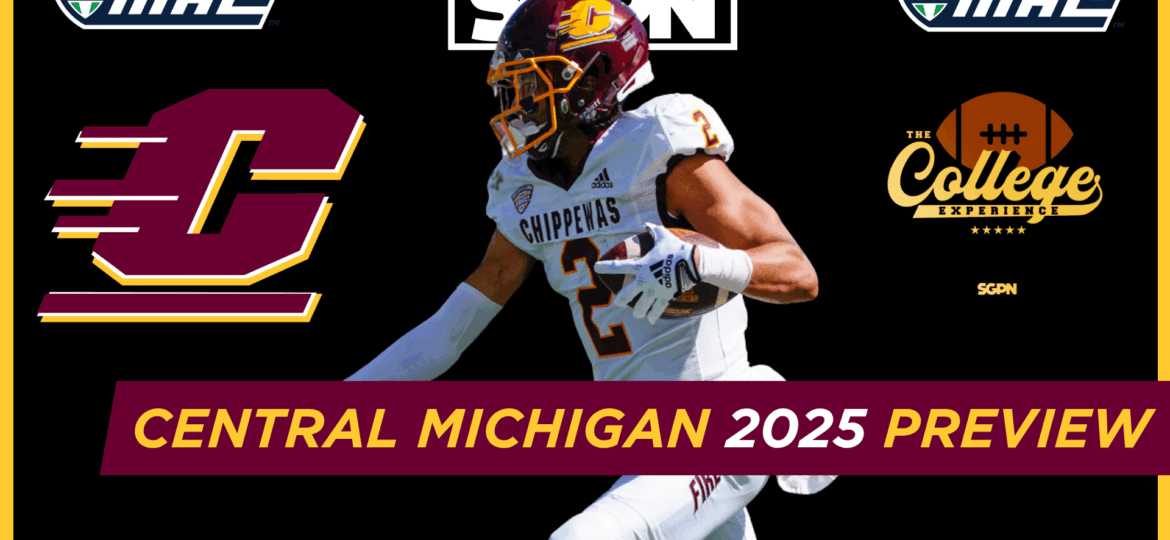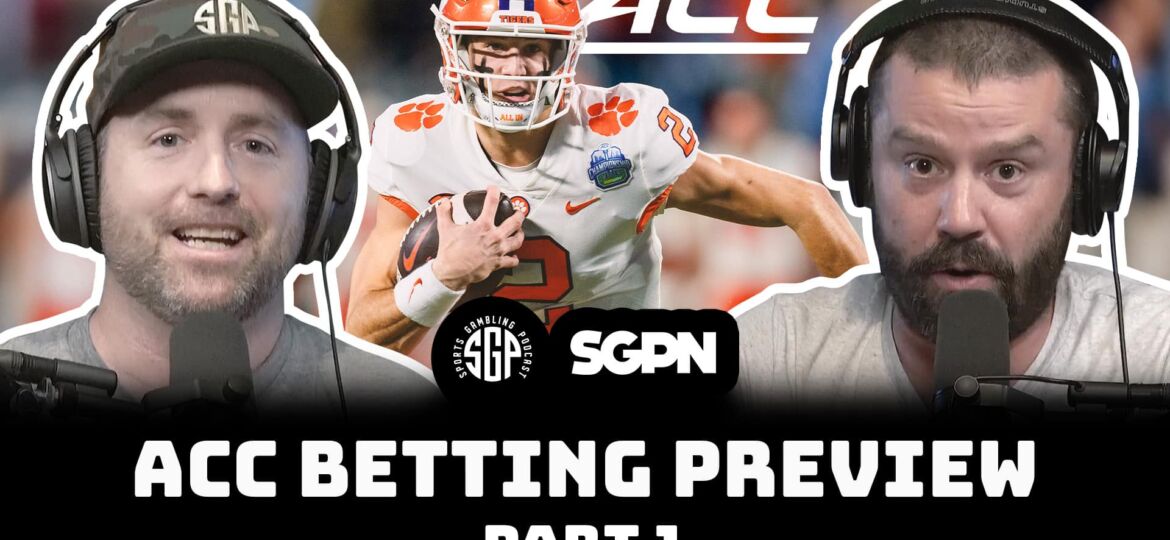
As a Fantasy Football manager, there are a few words that you never want to hear about your team. “Injury” might just be the top word on that list. As much as we hate to admit it, injuries are a big part of the Fantasy Football season and player expectations become a mystery. Knowing how to navigate those injuries, and what to expect from those players can be a BIG advantage throughout the year. Here’s where I can help. This article outlines some of the most common fantasy football injuries in the NFL and what you can expect if one of your players suffers them.
More SGPN Fantasy Football Content
2022 SGPN Fantasy Football Draft Kit
Fantasy Football Injuries and Expectations Part 2
Fantasy Football Injuries Part 2
Achilles Tear
What is it?
A complete rupture of the tendon that connects your calf muscle to your foot
Function
The Achilles Tendon connects your calf muscle to the heel of your foot to allow you to lift your heel
Transmits the power for your foot to push off the ground when running and jumping
Mechanism of Injury
A sudden movement of the ankle that puts excessive stress on the Achilles Tendon
Achilles Tendon tears typically happen with a quick stop and go or pivot movements in sports
A forceful contraction of the calf is needed during these acceleration-deceleration movements and this can cause an injury with no warning signs
Recovery Timeline
10-12 months
Around 30% of players will not return to play after suffering an Achilles Tear
Aspect of Game Most Affected
Jumping Ability
Acceleration and Deceleration
Cutting Ability
Re-Injury likelihood
Moderate
The Achilles Tendon needs to be protected early on in rehab to allow for full healing
Level of Concern
High
This will not only end their season this year but some decline in performance should be expected the following year as well
The good news is that research shows that functional deficits and decreased performance should not be expected after the first season post injury
Cervical Disc Fusion
What is it?
A surgery that removes an injured spinal disc in the neck and fuses the vertebrae
Can be done to one spinal disc or multiple
Function
A cervical disc is located in between each vertebra of your neck
Serves to absorb shock
Allows movement in the cervical spine
Mechanism of Injury
Can be gradual degeneration or an acute traumatic injury
Gradual degeneration: aging, wear and tear, repetitive compression to the neck from football
Acute injury: Typically caused by a hit to the neck when it is in a flexed position (facing the ground)
Recovery Timeline
9-12 months
Closer to 9 months if only one disc is involved
Around 80% of pro athletes return to sport after a cervical disc fusion of one level (disc)
Aspect of Game Most Affected
Ball Carrier Vision – Due to motion limitation created by surgery
The psychological component of being tackled again
Re-Injury likelihood
Low
Level of Concern
Moderate
This level of concern increases to HIGH if multiple discs are involved
There is also an increase in concern if the player is older, as it causes players to think about retirement
Meniscus Tear
What is it?
Damage located to protective cartilage located on the inside of your knee
Function
Two menisci are located in each knee, one on the inside (medial) and one on the outside (lateral) part of the knee
Your meniscus acts as a shock absorber in your knees and also helps to stabilize the knee
Mechanism of Injury
Twisting of the knee (especially a bent knee) while that foot is planted on the ground
Recovery Timeline
A very minor meniscus tear can be rehabbed conservatively, however, if you are hearing about it, it is likely past that stage
There are two options when it comes to surgery for a meniscus tear: Resection (Removal) and Repair
Repair = attempt to preserve meniscus, where the surgeon repairs the damaged cartilage, which is better for the long-term health of the knee but longer rehab is required
In a repair, you have to allow time for the structures to heal from the repairing, and with removal, there is no meniscus to heal as it has been removed
Resection (Removal) = surgeon takes the damaged meniscus out of the knee, which means a shorter rehab but is worse off for long-term knee health
Meniscus Removal: 4-6 weeks
Meniscus Repair: 7-9 months
Aspect of Game Most Affected
Route Running Ability
Balance in the Field of Play
Re-Injury likelihood
Low
However, further damage can be done to the meniscus if no surgery is performed
Level of Concern
Moderate
This injury can cause a headache for your Fantasy Football team as expectations range from 4 weeks to 9 months depending on the type of procedure chosen
Calf Strain
What is it?
Damage to muscles in the back of the lower leg
Function
Key in EXPLOSIVE power
Allow for a quick burst, change of direction, and jumping
Mechanism of Injury
Quick, powerful muscle contraction (Ex. Push off into block)
Sudden muscle stretching
Recovery Timeline
Grade 1 (mild damage) strain: 1-3 weeks
Grade 2 (moderate damage) strain: 4-6 weeks
Average of at least 2 weeks missed playing time for NFL calf strains
Aspect of Game Most Affected
Acceleration
Jump Ball Ability
Re-Injury likelihood
Moderate
Soft tissue injuries are difficult as rehab can be tough to gauge
A player may be feeling good at low intensity but full speed too soon typically results in a re-injury
Level of Concern
Moderate
Although the recovery time isn’t too daunting, the reinjury risk increases the level of concern
Until a player has tested their leg at full speed with no injury setbacks, you should not be expecting a productive Fantasy Football week
Turf Toe
What is it?
An injury to the main joint of the big toe
Function
Your big toe allows you to push off properly while running
Mechanism of Injury
The toe is forced into hyperextension as the player is trying to move but their toe is stuck on the flat ground
Due to turf being a harder surface with less give than a normal field, this injury became more popular once turfs were introduced
Recovery Timeline
Grade 1: 1-3 weeks. (Minor Damage)
Grade 2: 4-6 weeks. (Moderate Damage)
Grade 3: 3-6 months. (Full Tear)
Aspect of Game Most Affected
Sprinting
Acceleration
Re-Injury likelihood
Moderate
This is an injury that is frustrating and can linger throughout the season if not managed well
Players will often try to play through the pain and in turn delay their recovery time
Level of Concern
Moderate
Expectations of headaches and stress should be in your future if your Fantasy Football player comes down with such a seemingly minor injury to their big toe
Hip Subluxation
What is it?
Hip bone becomes forced out of its socket for a partial dislocation
Function
Your hip connects your waist to your legs
As a very mobile joint, it lacks high stability which makes it susceptible to a dislocation injury
Your hip is required for essentially all football activities
Mechanism of Injury
Direct force to the hip joint causing the hip bone (femur) to be forced out of its socket
Fall from a moderate to high height
Typically caused by an awkward tackle in the NFL
Recovery Timeline
10-14 months
Surgery is required
Aspect of Game Most Affected
Cutting Ability
Jump Ball Ability
Change of Direction
Re-Injury likelihood
Low
Level of Concern
HIGH
This is not only a season-ending injury, but it is also a career-ending injury for some players
The involved surgery combined with a long rehab gives plenty of time for players to think about their future in the NFL
Concussion
What is it?
A mild traumatic brain injury that leads to disruption in the function of the brain
Function
Well your brain is what’s helping you read this right now, so I’m figuring you have a good idea of what it does
In a football sense, the brain is vital to processing information quickly and helping players to react
Mechanism of Injury
Direct head trauma (Ex. helmet to helmet contact or hitting head off the turf), either repeatedly or a single time with enough force
Rapid acceleration-deceleration of the head such as a whiplash injury
Recovery Timeline
Research has shown that most NFL players return to playing in less than seven days from injury
However, this Fantasy Football injury does provide the most uncertain expectations
Concussions are still largely a mystery and everyone’s recovery can be different depending on the symptoms
The league has a standardized protocol, requiring players to complete five steps before being able to play
Aspect of Game Most Affected
Reaction Time
Catch Radius
Re-Injury likelihood
High
Following a concussion, players are 2.35 times more likely to suffer a subsequent MSK injury
Level of Concern
Moderate
In most cases, this shouldn’t be longer than a 1-2 week issue but you just never truly know with concussions
Shoulder Dislocation/Subluxation
What is it?
An injury that causes a shoulder to pop out of its socket fully or partially
Function
Your shoulder is the most mobile joint in your body and connects your torso to your arms
Allow you to manipulate your environment with your upper extremities
Although your shoulder joint is very mobile, it still is designed to have enough stability to hold the shoulder in its place
Mechanism of Injury
Direct force to the shoulder bone (humerus) which causes it to tear ligaments and/or labrum and be out of the socket
The labrum on your shoulder acts to provide stability to your shoulder and keep it in place
Fall onto an outstretched hand (Ex. Diving for a ball)
Typically occurs when a player tackles the QB during their throwing motion
Recovery Timeline
Depending on the level of damage done to the shoulder joint, players can elect for conservative treatment or surgery
Typically players will try to rehab and strengthen their shoulder without surgery first
Nonsurgical: 4-6 weeks
Surgical: 12-16 weeks
Aspect of Game Most Affected
Catch Radius
Blocking Ability
Re-Injury likelihood
Moderate for nonsurgical treatment
This is more of a temporary fix as rehab is not going to help fix the labrum or any torn ligaments
Surgery will be required for full healing but players often try to fight through the pain until the season is over
Level of Concern
Moderate
Your expectations will change drastically depending on the severity of the Fantasy Football injury
4 to 16 weeks is an enormous range for a single injury but that’s the reality of a shoulder dislocation
A Quick Note on Fantasy Football Injuries
The NUMBER 1 risk factor for an injury, is a previous injury to that area. So by default, every player who suffers an injury is now at an increased risk for re-injury. For this reason, a player’s injury history should be taken into account when drafting them. I hope you enjoyed this timeless fantasy football injuries and expectations piece and use it to Let It Ride. As always, for the most up to date NFL/CFB injury news and analysis follow me on Twitter @SGPNFootballDoc!



